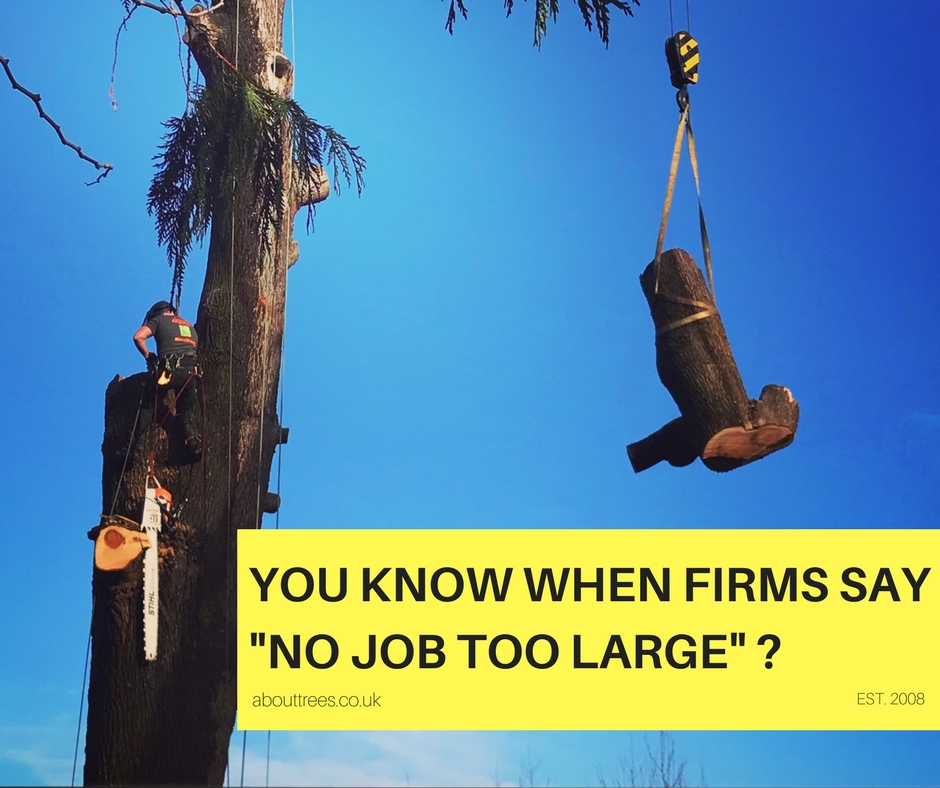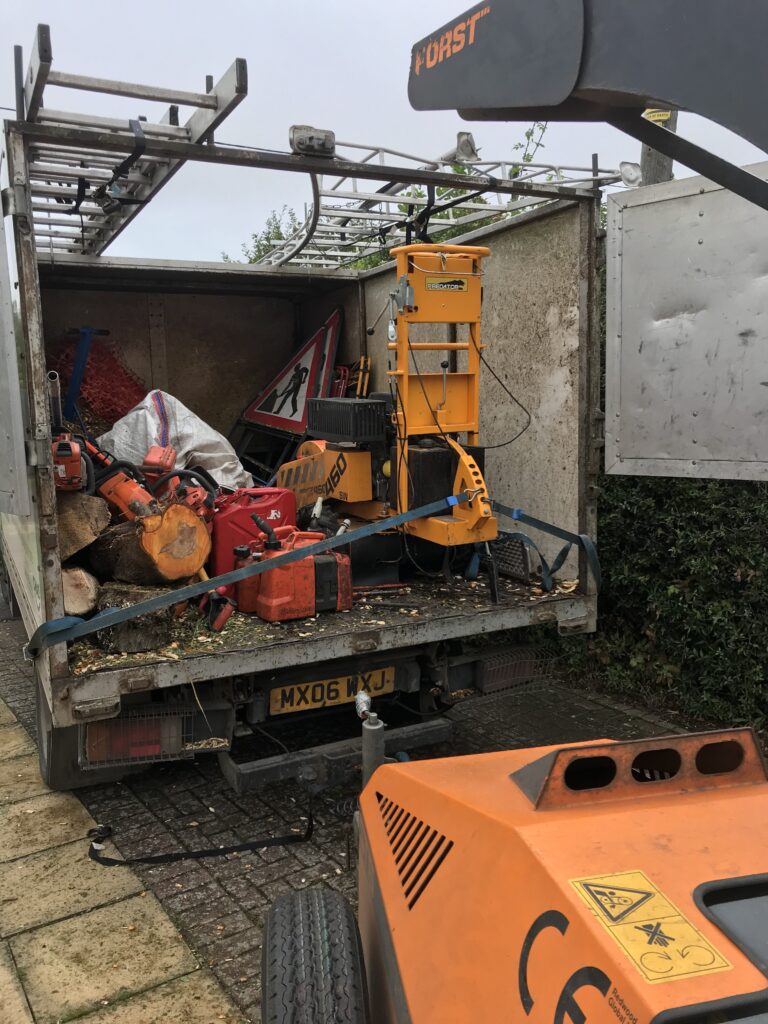Species-Specific Water Requirements:
Different tree species have varying water needs. Some species, such as willows and poplars, have higher water requirements, while others, like pines and oaks, are more drought-tolerant. Research the specific water needs of your tree species to ensure adequate hydration.
Factors Affecting Water Demand:
Several factors influence a tree’s demand for water. In the UK, where summer conditions can vary, it’s essential to consider weather patterns, soil type, tree age, and exposure to sunlight and wind. During hot and dry periods, trees require more frequent watering.
Watering Frequency:
The frequency of watering depends on various factors, including weather conditions and the tree’s stage of growth. In general, newly planted trees need more frequent watering, especially during the first two years. Water deeply to encourage root growth, typically once or twice a week during dry periods.
Appropriate Watering Amount:
The amount of water required depends on the tree’s size, age, and soil conditions. A good rule of thumb is to provide 15-20 litres of water per square meter of the tree’s root zone. Use a soaker hose or drip irrigation system to ensure deep penetration into the soil.
Common Mistakes to Avoid:
When it comes to watering trees, some common mistakes can hinder their health. Over-watering is a common issue that can lead to root rot, fungal diseases, and oxygen deprivation. Signs of over-watering include yellowing leaves, wilting despite moist soil, and waterlogged soil. Conversely, under-watering can cause wilting, leaf scorch, and stunted growth.
Recognising Signs of Over-Watering and Under-Watering:
An over-watered tree often displays symptoms such as yellowing leaves, soft and decaying roots, and a foul odor emanating from the soil. On the other hand, an under-watered tree may exhibit wilted leaves, dry and brittle branches, and leaf drop. Regularly monitor your trees for these signs to adjust your watering practices accordingly.
At About Trees Ltd., we take pride in our professionalism and expertise in tree care. As a testament to our commitment, we recently completed a planting contract for The Duchy of Cornwall, on The Queen’s Canopy emphasising our dedication to quality service and planting for future generations
Avoiding Common Watering Mistakes:
To ensure the health and longevity of your trees, it’s essential to avoid common watering mistakes that can harm their well-being. Here are some pitfalls to watch out for:
a) Shallow Watering: Superficially watering the tree’s surface without penetrating the root zone leads to shallow root growth. Instead, aim to water deeply and evenly to encourage deep root development.
b) Over-Watering: Excessive watering can be detrimental to trees, causing root rot, nutrient deficiencies, and other issues. Avoid the temptation to drown your trees by providing water only when necessary and monitoring the soil moisture level.
c) Inadequate Watering: On the other end of the spectrum, under-watering can result in stress and dehydration. Adequate hydration is particularly crucial during dry periods, so be attentive and adjust your watering routine accordingly.
d) Improper Watering Technique: Watering the foliage instead of the root zone is a common mistake. Direct the water at the base of the tree, where the roots are located, allowing it to penetrate deeply into the soil.
e) Inconsistent Watering Schedule: Trees benefit from a consistent watering schedule, especially during the establishment phase. Irregular watering can stress the tree and inhibit proper root development. Develop a watering routine and stick to it, adjusting as needed based on weather conditions.
f) Ignoring Natural Precipitation: It’s essential to consider natural rainfall when determining your watering schedule. If your area receives sufficient rainfall, you may not need to water as frequently. Monitor weather patterns and adjust accordingly to avoid over-watering.
By avoiding these common watering mistakes, you can provide your trees with the optimal hydration they need for healthy growth.
At About Trees Ltd., we are passionate about tree care and dedicated to ensuring the health and vitality of your trees. Trust us to provide reliable and professional services that will help your trees thrive for years to come.
Conclusion:
Proper watering is essential for the health and vitality of your new trees. By understanding their water requirements, considering species-specific needs, and being mindful of factors influencing water demand, you can ensure your trees thrive. Avoid common watering mistakes, monitor signs of over-watering and under-watering, and adjust your watering practices accordingly.
Remember, if you have any doubts or need assistance, the experienced team at About Trees Ltd. is here to help. Your trees deserve the best care, and we’re here to provide it.
For any further questions or to request a personalised quote for your tree care needs, feel free to visit our website and schedule a consultation with our experts. Simply click here to book your appointment: Book Your Appointment.
At About Trees Ltd., we value your trees and are committed to their well-being. Trust us to provide professional and reliable tree care services in Kent and the surrounding counties.
Remember, healthy trees start with proper watering. Let us help you ensure your new trees thrive for years to come.
#WeAreAboutTrees








